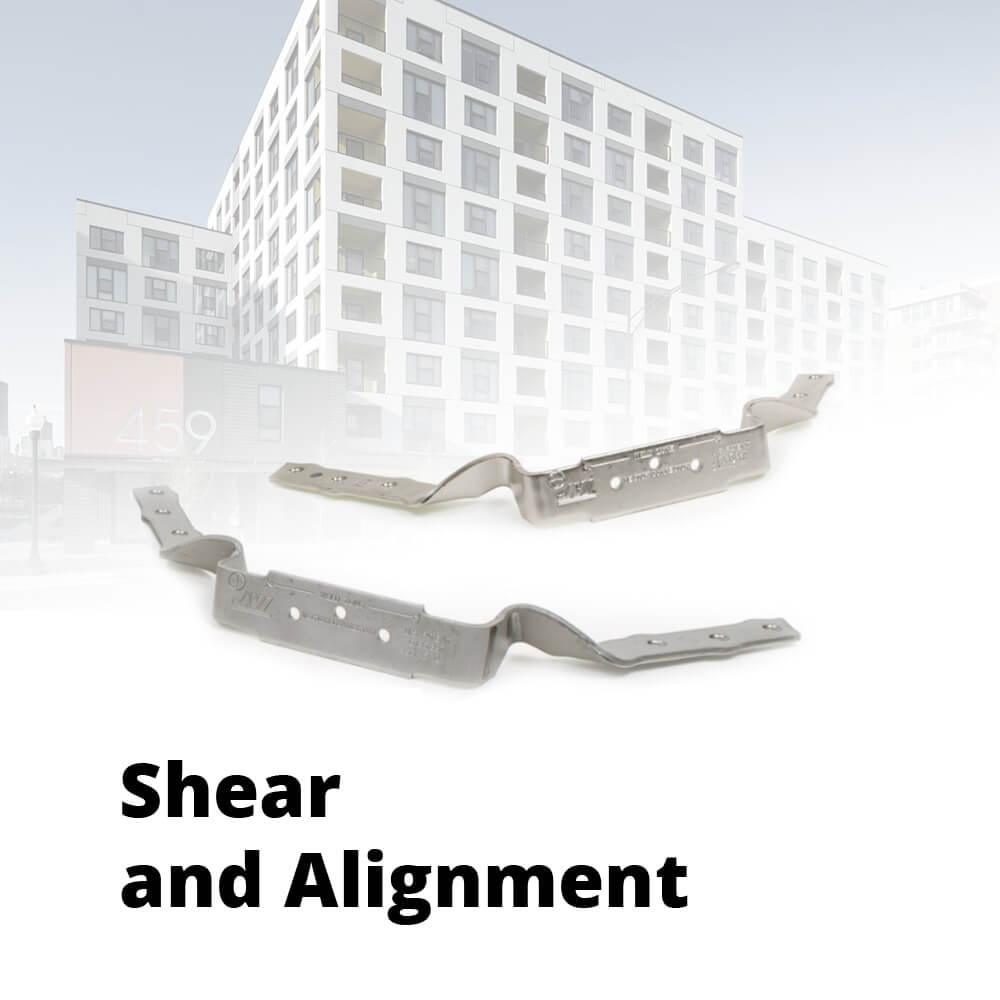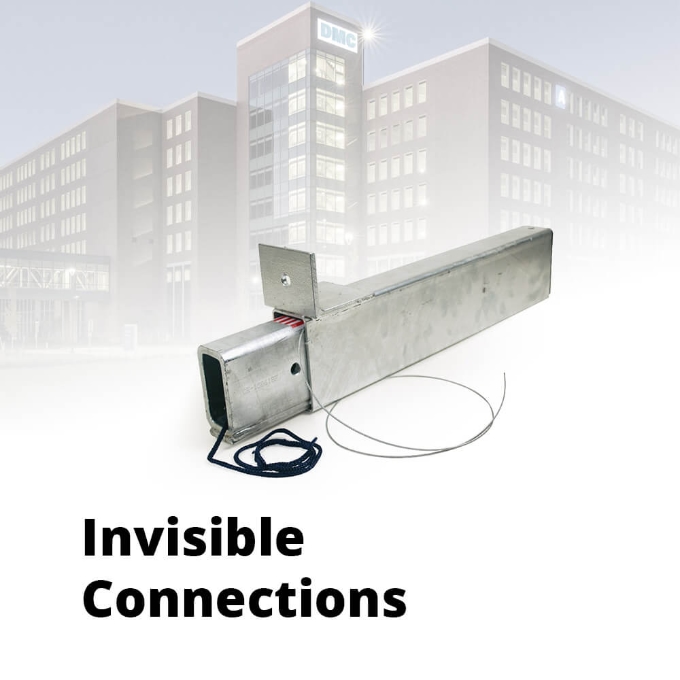
Connecting on Precast Connections
Credit: Original article published here.
An Engineer of Record (EOR) puts in the time and effort to ensure they put out the best version of final Contract Documents for the job to go out for bid. Once it is awarded calls and emails pour in from the precast team that is responsible for the delegated design of the precast requesting to change some details to be more consistent with how they are used to doing things. This could lead to confusion as the EOR spent a considerable amount of time to make sure there was clarity on what was needed and yet the Precaster is asking to change something that seems to be inconsequential and still is accomplishing the same design intent, so why the desire to change it?
This may lead the EOR to keep the interfacing details involving precast pretty vague on the next job, only showing a very general design intent. Then they get RFIs from the Precaster on that job looking for clarification on what the expectation of the Precaster is for the details and likely further coordination beyond that depending on the answers. This can lead to frustration, and understandably so.


When detailing Contract Documents that involve delegated design of the precast, there is a certain “sweet spot” for level of detail depending on what is all in the detail. To start off with the easiest, say the detail is dealing with only precast. That is to say it is a total precast structure, so the detail is showing a precast-to-precast connection. Here the general design intent is all that is really needed, what the expected framing is, location of connection, etc. Since it is all precast the delegated design requires the Precaster to design those elements anyway so they will know through having to design those connecting elements what will be required of that connection and can design it accordingly and have the design intent to follow for what constraints may be imposed on it.
As far as mixed material details, these first require clear requirements of who is responsible for supplying and designing what. Beyond that, any dimensions or special loads from attaching non-precast members not noted on the plan views, such as out-of-plane or moment loading, should be shown along with corresponding direction. For any embeds or other similar materials contained in the precast that are the responsibility of the Precaster to design and provide, minimum expected size and required spacing (if applicable) is about all that typically would need to be specified. This may be area dimensions of a plate to accommodate the attaching member size plus any desired tolerance, the minimum height of a slip connection channel to account for planned deflection, and other of the sort. Working off of those the Precaster can then design and provide materials that meet the requirements and also meet their preferences, which can be nuanced between Precasters but is important for each to efficiently produce projects.
Finding this detailing sweet spot can allow the eventual Precaster to adhere to the Contract Documents without the EOR having to revisit and possibly revise details they considered final long ago.
Chase Radue, PE
Senior Project Engineer





